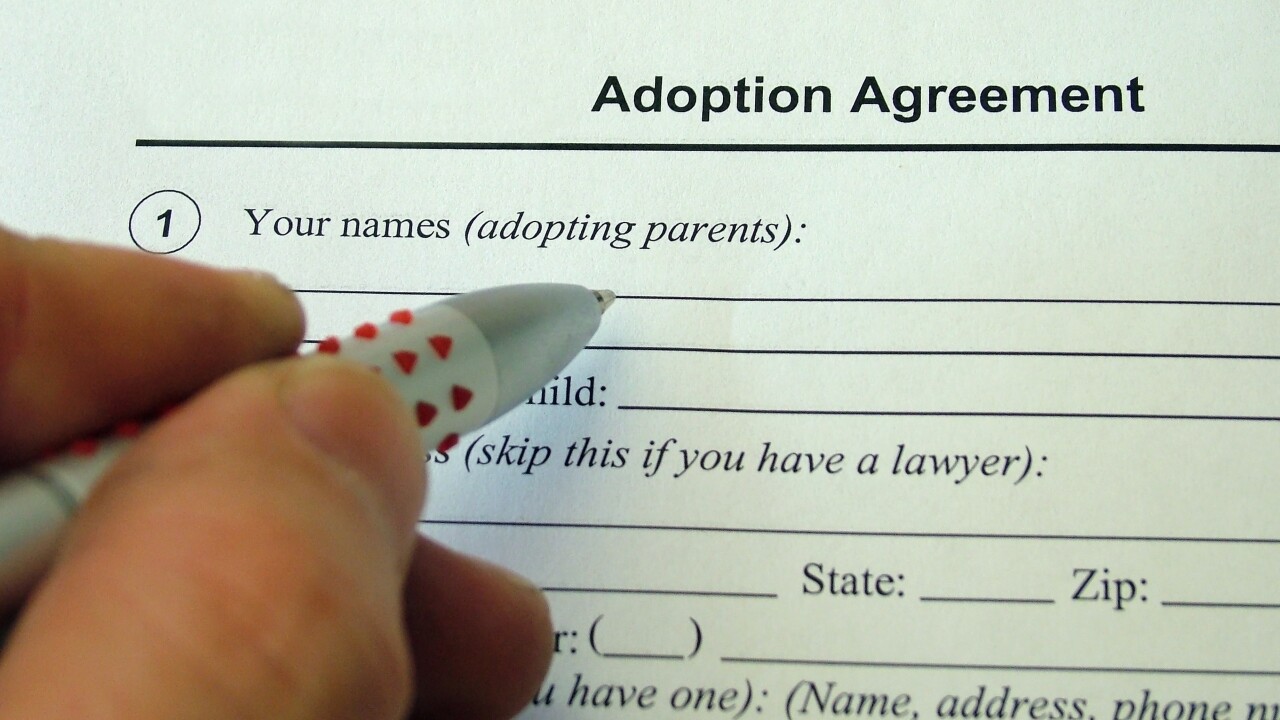The Financial Accounting Standards Board and the International Accounting Standards Board issued amendments Thursday to improve and align the presentation of items of other comprehensive income in financial statements prepared in accordance with International Financial Reporting Standards and U.S. GAAP.
FASB issued an update on Thursday to "
In U.S. GAAP, the update will supersede some of the guidance in Topic 220 of the accounting codification.
The main provisions provide that an entity that reports items of other comprehensive income has the option to present comprehensive income in either one or two consecutive financial statements:
A single statement must present the components of net income and total net income, the components of other comprehensive income and total other comprehensive income, and a total for comprehensive income.
In a two-statement approach, an entity must present the components of net income and total net income in the first statement. That statement must be immediately followed by a financial statement that presents the components of other comprehensive income, a total for other comprehensive income, and a total for comprehensive income.
The option in current GAAP that permits the presentation of other comprehensive income in the statement of changes in equity has been eliminated.
“We heard from investors there was a need to present other comprehensive income information more prominently in financial statements," said FASB chair Leslie Seidman in a statement. "This update, which was developed jointly with the International Accounting Standards Board, responds to those investor needs, and will bring greater consistency and prominence to the reporting of other comprehensive income around the world.”
The amendments in the update should be applied retrospectively, FASB noted. For public entities, the amendments are effective for fiscal years, and interim periods within those years, beginning after December 15, 2011. For nonpublic entities, the amendments are effective for fiscal years ending after Dec. 15, 2012, and interim and annual periods thereafter. Early adoption is permitted, because compliance with the amendments is already permitted.
The IASB issued amendments to IAS 1 “Presentation of Financial Statements" requiring companies preparing financial statements in accordance with IFRS to group together items within OCI that may be reclassified to the profit or loss section of the income statement. The amendments also reaffirm existing requirements that items in OCI and profit or loss should be presented as either a single statement or two consecutive statements.
The changes issued Thursday do not address which items should be presented in OCI or which and when items should be recycled through profit or loss. However, requiring OCI to be presented as part of, or in close proximity to, the profit or loss (income) statement will make it easier for users of financial statements to assess the impact of OCI items on the overall performance of an entity and improve comparability between IFRS and U.S. GAAP.
“These amendments maintain an appropriate separation between OCI and profit or loss while ensuring that the two can be easily read together,” said IASB Chairman Sir David Tweedie in a statement. “The changes do not address the issue of which items of income and expense should be included in profit or loss or OCI. The board will be asking stakeholders in the near future whether this important issue should be added to the board’s agenda.”
The IASB’s amendments to IAS 1 are set out in “Presentation of Items of Other Comprehensive Income” and are effective for financial years beginning on or after 1 July 2012. An IASB Project Summary and Feedback Statement explaining how the IASB responded to views received during its consultations as well as a podcast introducing the amendments is available on the project page on
Separately, the IASB said Thursday it has completed its project to improve the accounting for pensions and other post-employment benefits, and it has issued an amended version of IAS 19 “Employee Benefits.”
The amendments make important improvements by eliminating an option to defer the recognition of gains and losses, known as the ‘corridor method’, improving comparability and faithfulness of presentation. They also streamline the presentation of changes in assets and liabilities arising from defined benefit plans, including requiring re-measurements to be presented in other comprehensive income, thereby separating those changes from changes that many perceive to be the result of an entity’s day-to-day operations.
The amendments also enhance the disclosure requirements for defined benefit plans, providing better information about the characteristics of defined benefit plans and the risks that entities are exposed to through participation in those plans.
The amendments will provide investors and other users of financial statements with a much clearer picture of an entity’s obligations resulting from the provision of defined benefit plans and how those obligations will affect its financial position, financial performance and cash flow.
The project also formed part of the Memorandum of Understanding between the IASB and FASB. The elimination of the corridor method further aligns IFRS with U.S. GAAP.





